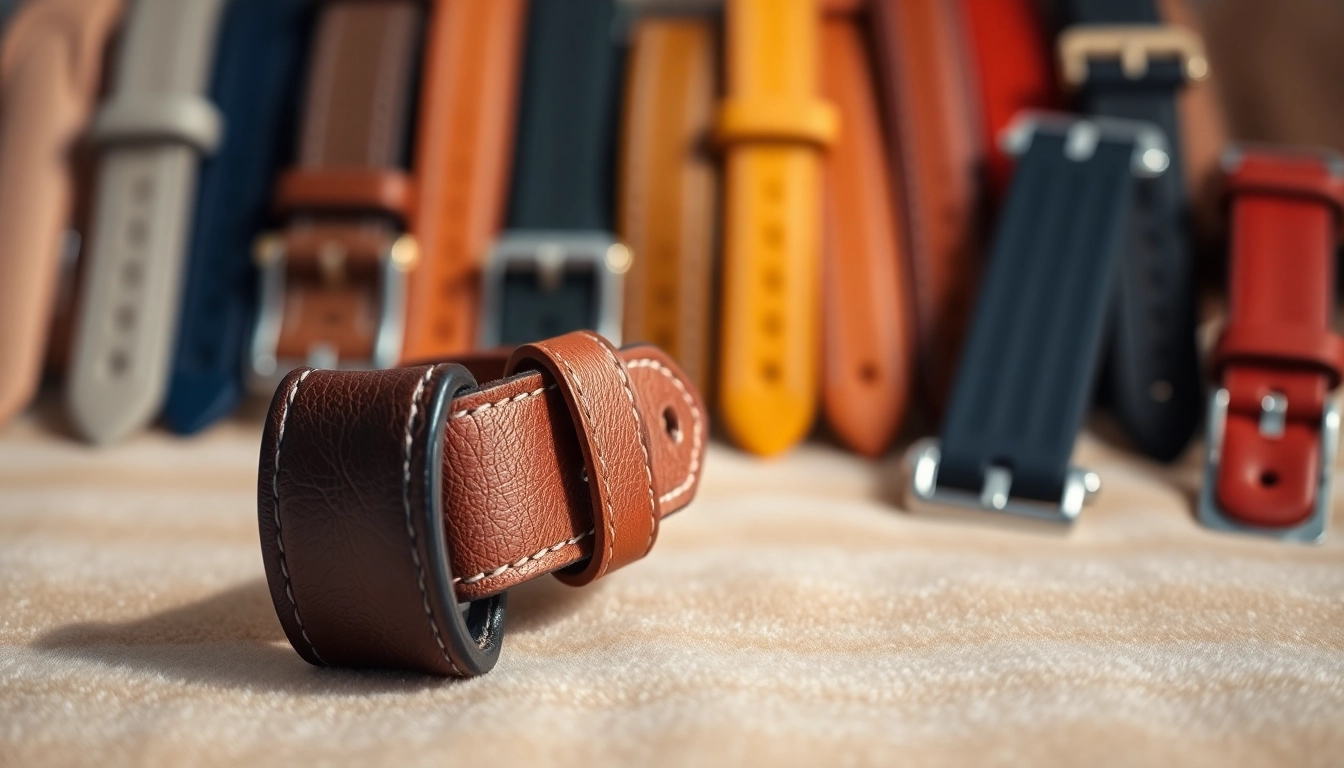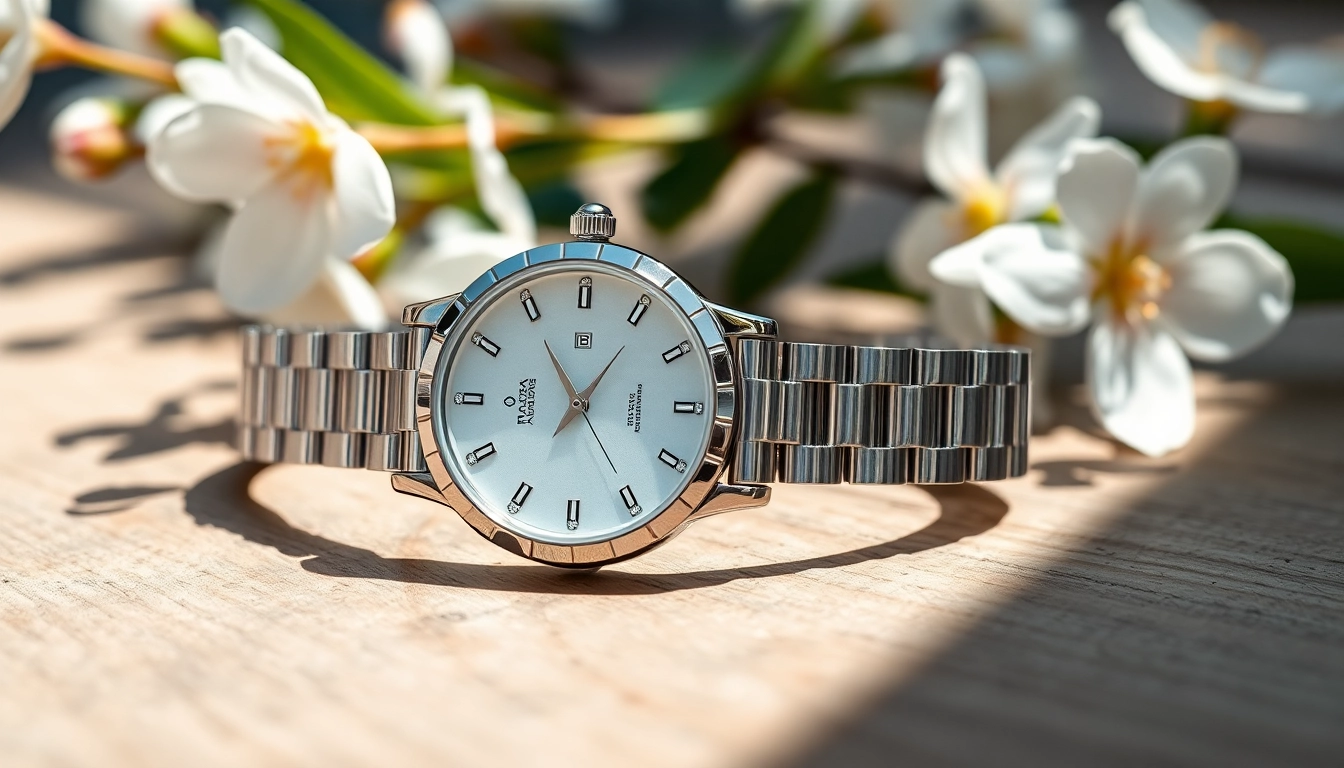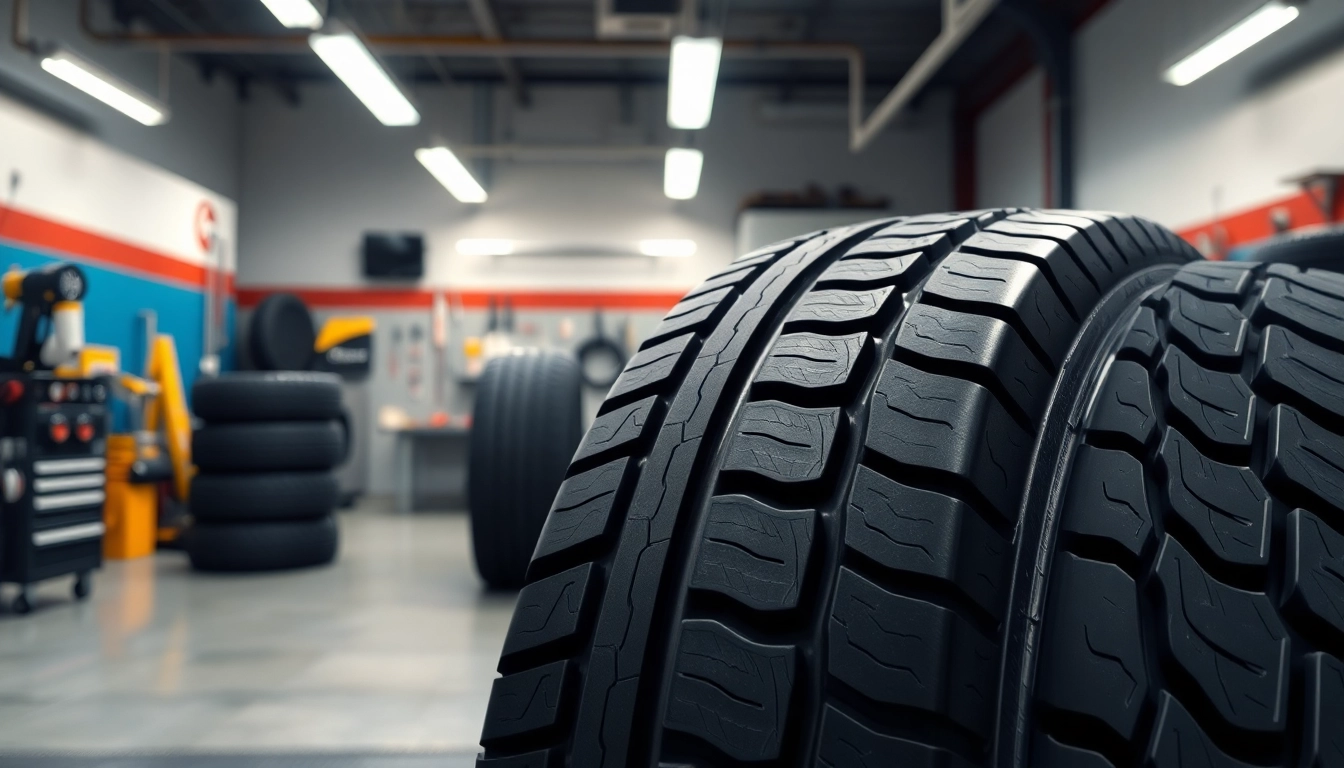
Understanding Watch Straps: A Comprehensive Guide
Wristwatches are more than just timekeeping devices; they are statements of personal style and sophistication. A crucial component that plays a significant role in the overall aesthetic and function of a watch is the watch straps. The right strap can transform a standard watch into a standout piece, making a profound impact on your style and functionality. In this guide, we will delve into the various aspects of watch straps, from understanding what they are to how to choose and maintain them.
What Are Watch Straps?
Watch straps, often referred to as watch bands, are the components that connect a watch case to the wearer’s wrist. They are typically made from a variety of materials, including but not limited to leather, metal, fabric, and synthetic substances. Straps serve not only as a means of securing the watch on the wrist but also enhance the watch’s overall appearance, reflecting the wearer’s personal taste and complementing their outfit.
Different Types of Watch Straps
Understanding the various types of watch straps available is essential to finding the right one for your wristwatch. Here are some popular categories:
- Leather Straps: Often seen as the classic choice, leather straps offer timeless elegance. They come in various textures and colors, from smooth to distressed, catering to a wide range of styles.
- Metal Straps: Frequently made from stainless steel, titanium, or gold, metal straps add a touch of sophistication and robustness, making them ideal for formal occasions.
- Nylon Straps: Renowned for their durability and lightweight qualities, nylon straps are perfect for casual wear and outdoor activities, offering a sporty look.
- Rubber and Silicone Straps: These materials are highly versatile, ideal for sports and swimming watches due to their water resistance and comfort.
- Canvas Straps: Combining style with sturdiness, canvas straps often provide a more relaxed and fashionable look while being durable.
Materials Used in Watch Straps
Leather: Timeless Sophistication
Leather straps have long been celebrated for their classic appeal and luxurious feel. They possess an ability to age gracefully, often developing a rich patina over time. Available in various finishes such as glossy, matte, and textured, leather straps provide numerous options to suit personal preferences. High-quality leather is soft against the skin, making these straps comfortable for all-day wear. Additionally, leather straps can be paired with both casual and formal attire, be it a business meeting or a night out.
Nylon and Canvas: Durability Meets Style
Nylon and canvas straps offer a unique combination of durability and fashion. Their lightweight nature makes them comfortable for everyday wear, while their strong construction ensures they can withstand rigorous use. Ideal for outdoor enthusiasts and sporty fashion aficionados, these straps come in a variety of colors and patterns, allowing for vibrant self-expression. Nylon straps, particularly those with quick-release mechanisms, make strap swapping effortless, encouraging users to experiment with their looks frequently.
Metal Straps: A Touch of Elegance
Metal straps provide an unmistakable elegance and are commonly associated with luxury watches. Available in various styles including bracelets and integrated options, metal straps can cater to both formal and casual occasions. A key advantage of metal straps is their durability; they are less likely to wear down compared to leather or fabric counterparts. Moreover, they often come with adjustable links, providing a tailored fit for different wrist sizes. Choosing a metal strap may also signify a choice for longevity and sophistication.
How to Measure for the Perfect Watch Straps
Understanding Lug Width
To find the right watch strap, understanding how to measure lug width is crucial. Lug width is the distance between the two lugs—the parts of the watch that hold the strap—and is typically measured in millimeters. Accurate measurement is essential because an incorrect lug width can lead to compatibility issues. Standard widths range from 18mm to 24mm, with some specialty watches having unique sizes.
Length and Fit Considerations
While lug width is significant, the overall length of the strap also matters. Watch straps usually come in different lengths (short, regular, long), catering to varying wrist sizes. To determine the proper length, measure your wrist circumference and consider personal comfort preferences. A strap should be snug without being overly tight, allowing for air circulation while remaining secure.
How to Adjust Your Watch Straps
Many watch straps feature adjustable features, such as holes in leather straps or removable links in metal bracelets. It is essential to familiarize oneself with the adjustment mechanism of your chosen strap. For leather straps, one might punch additional holes or trim the strap for a better fit, while metal straps generally require a tool to remove links. Understanding how to adjust your watch strap ensures that it sits comfortably on your wrist.
Styling Your Watch with Different Straps
Casual vs. Formal Looks
Your choice of watch strap can effectively transition the style of your watch from casual to formal. For a laid-back appearance, consider pairing your watch with a nylon or canvas strap that adds a sporty element. This style is perfect for casual outings or recreational activities. Conversely, opting for a leather or metal strap instantly elevates your watch’s appearance, making it a suitable companion for formal events or professional settings.
Seasonal Styles and Trends
Just as fashion changes with the seasons, so can your choice of wristwatch straps. Lighter, breathable materials like nylon or canvas are perfect for summer, while thicker leather or metal straps lend themselves well to the cooler months. When considering seasonal styles, be mindful of color palettes; brighter colors and patterns may be more suitable for spring and summer, whereas deeper, muted tones can enhance fall and winter outfits.
Accessorizing with Watch Straps
Watch straps can also be accessorized to enhance your personal style further. Consider mixing materials; pairing a sturdy metal watch with a soft, colorful canvas strap can create a unique contrast that draws attention. Moreover, incorporating complementary wrist accessories, such as bracelets or cuffs, can enhance your overall appearance. Just ensure that the colors and materials harmonize to maintain a cohesive look.
Maintaining the Quality of Your Watch Straps
Cleansing and Care Tips
Proper maintenance can significantly extend the lifespan of your watch straps. For leather straps, regular conditioning is essential to prevent drying and cracking. A soft, damp cloth should be used to wipe away dirt or sweat, followed by a leather conditioner suitable for watch straps. In contrast, nylon and silicone straps may be washed with mild soap and water, followed by air drying. Metal straps can benefit from a gentle scrub with a soft brush to remove grime from links.
Long-Term Storage Solutions
When not in use, proper storage can protect your straps. Avoid folding or crumpling straps, as this can lead to lasting creases and damages. Instead, lay them flat or roll them gently in a soft cloth to maintain their shape. For leather straps, storing them away from direct sunlight will prevent fading, while nylon and silicone can often be kept in standard storage drawers. Consider utilizing a watch box or organizer for an organized and aesthetic presentation.
When to Replace Your Watch Straps
Knowing when to replace your watch straps can help you maintain a sharp appearance and maximize comfort. Signs that it might be time for a replacement include noticeable wear and tear, discoloration, or if the strap no longer fits securely on your wrist. For leather straps, pay attention to cracks or peeling; for fabric or silicone, check for fraying or loss of elasticity. Regularly inspecting your straps will keep your watch looking its best and ensure that it remains comfortable to wear.







